
AeroGenie - مساعد الطيار الذكي الخاص بك.
الرائج الآن
Categories
Hanwha Aviation Expands Maintenance Services with LEAP Engines
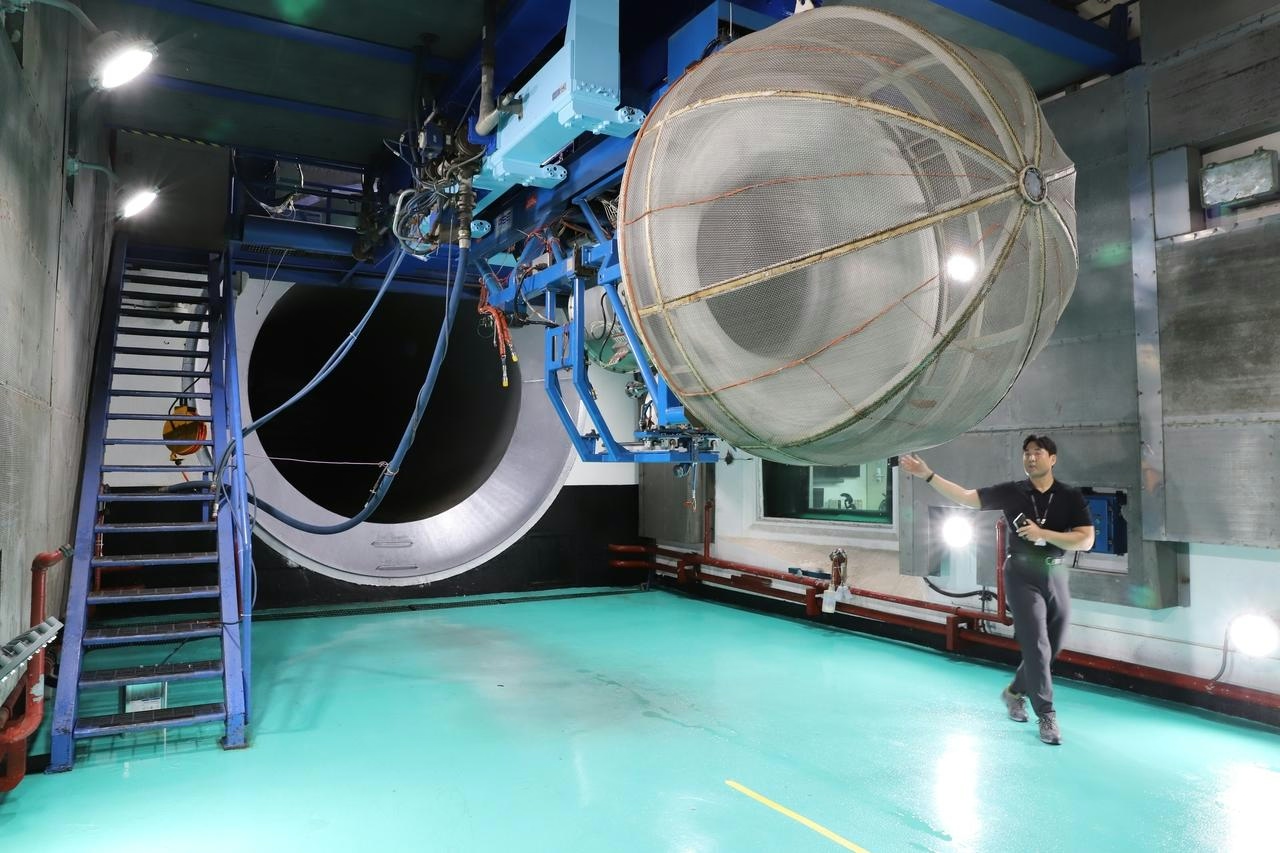
Hanwha Aviation Expands Maintenance Services with LEAP Engines
Hanwha Aviation, a company established just 14 months ago, is swiftly broadening its presence in the engine maintenance, repair, and overhaul (MRO) sector. The firm has already acquired approximately 40 narrowbody engines, including the latest LEAP and GTF models, and recently inaugurated Hanwha AeroTechnix, an MRO facility in Miami certified by the FAA, EASA, and UK CAA.
Strategic Focus on Next-Generation Engines
In a recent interview with Ishka, Ben Pughe-Morgan, Hanwha Aviation’s Chief Investment Officer, outlined the company’s ambitions for the coming year, highlighting a strategic emphasis on servicing new-generation engines such as the LEAP. Pughe-Morgan noted the significant growth potential in supporting operators of LEAP engines, driven by the expanding global fleet and increasing demand for dependable MRO solutions.
Challenges and Competitive Dynamics
Hanwha’s expansion into LEAP engine maintenance is accompanied by considerable challenges. The operational costs and technical complexities involved in servicing these advanced engines are substantially higher than those associated with legacy models. Industry analysts and engine lessors have expressed concerns over the volatility of maintenance expenses for LEAP engines, which contrasts with the more predictable costs linked to current-generation engines.
The competitive environment is intensifying as established MRO providers, including MTU Maintenance, enhance their LEAP engine capabilities to capture a share of this growing market. Simultaneously, some competitors are concentrating on older engine models such as the CFM56. For instance, Magnetic Leasing is prioritizing CFM56 engines, citing rising shop visit costs for newer engines and the relative stability of maintaining mature platforms.
Market observers suggest that the influx of MRO providers into the LEAP engine segment is likely to spur innovation but may also exert downward pressure on pricing and profit margins. Engine lessors are closely monitoring these developments, carefully assessing the risks and opportunities associated with the industry’s shift toward more complex, next-generation engine technologies.
Outlook and Future Plans
Despite these challenges, Hanwha Aviation remains optimistic about its prospects. The company’s investment in Hanwha AeroTechnix, combined with its expanding portfolio of advanced engines, positions it to play a significant role in the evolving MRO landscape. Over the next 12 months, Hanwha intends to broaden its service offerings further and strengthen partnerships with airlines and lessors as the industry transitions to next-generation engine technology.
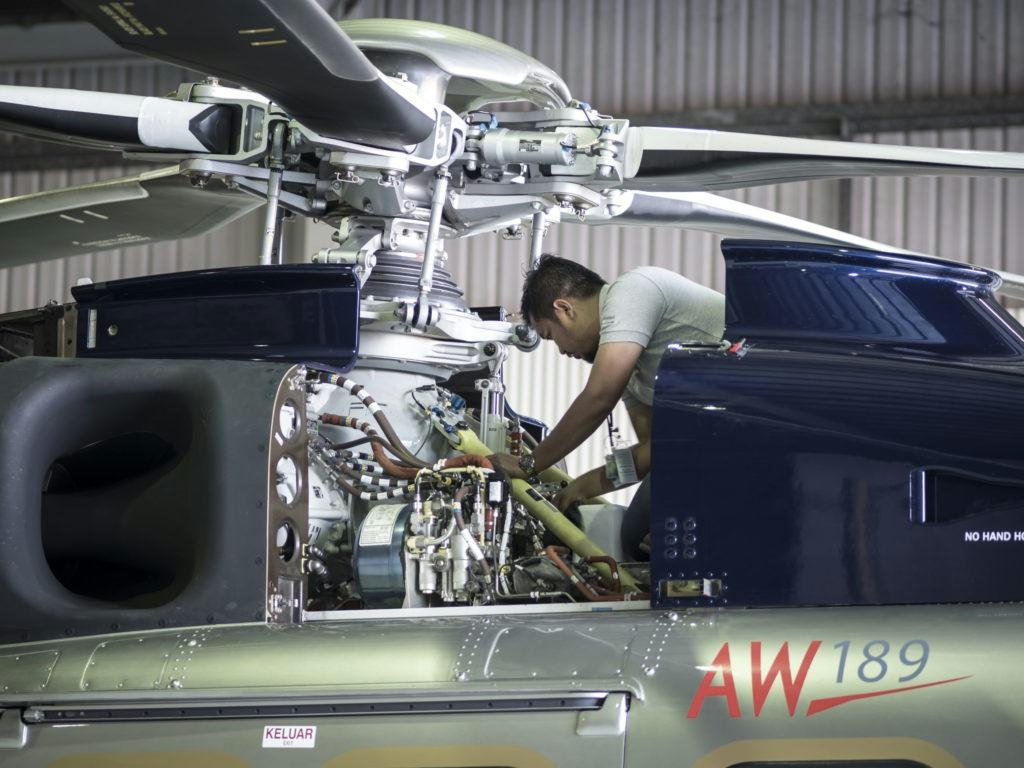
Elevate Aviation Group Expands Maintenance Services

AICM Slot Allocations Move to US Airlines, Report Says
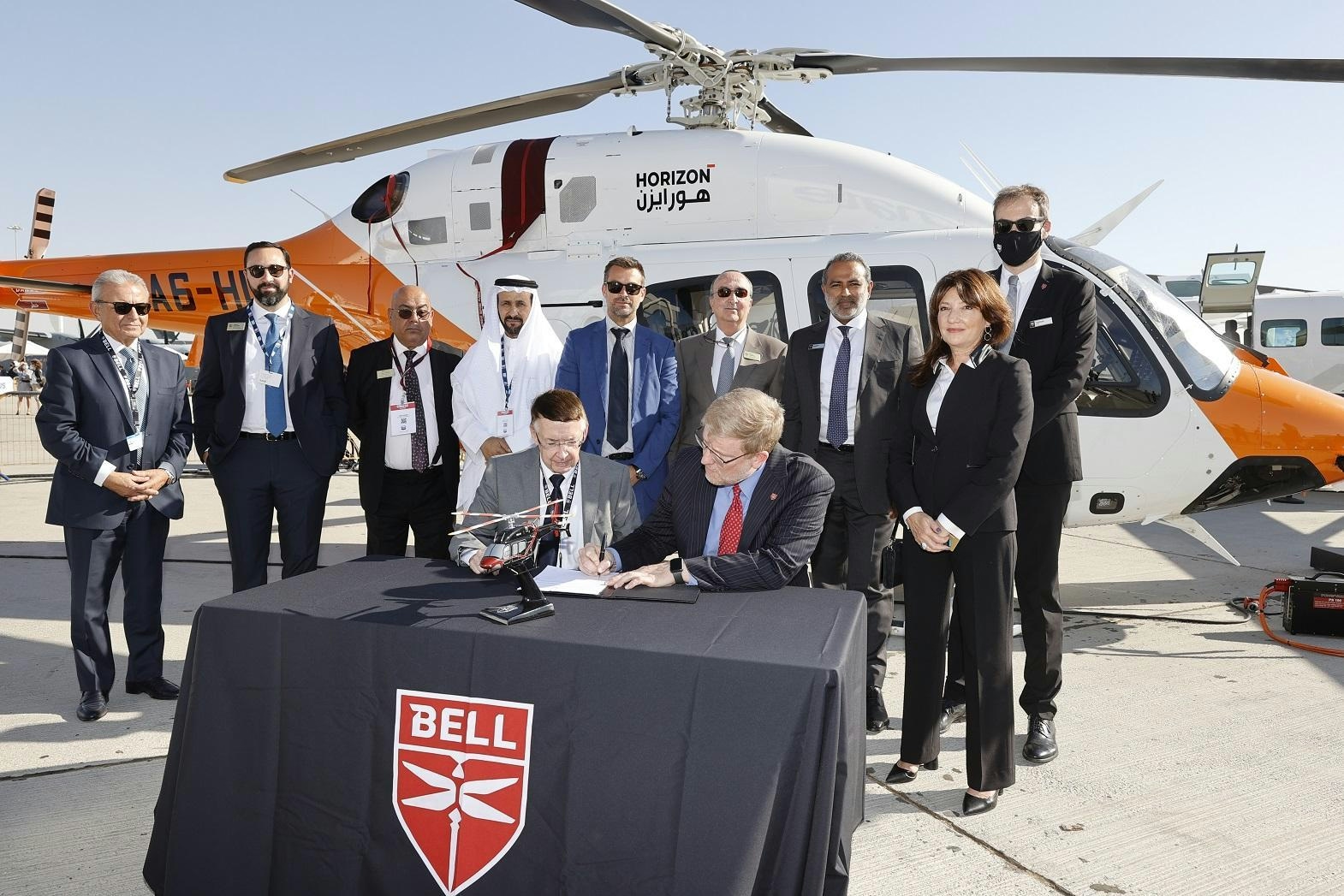
Abu Dhabi Aviation and Honeywell Enhance Helicopter Maintenance Services in UAE
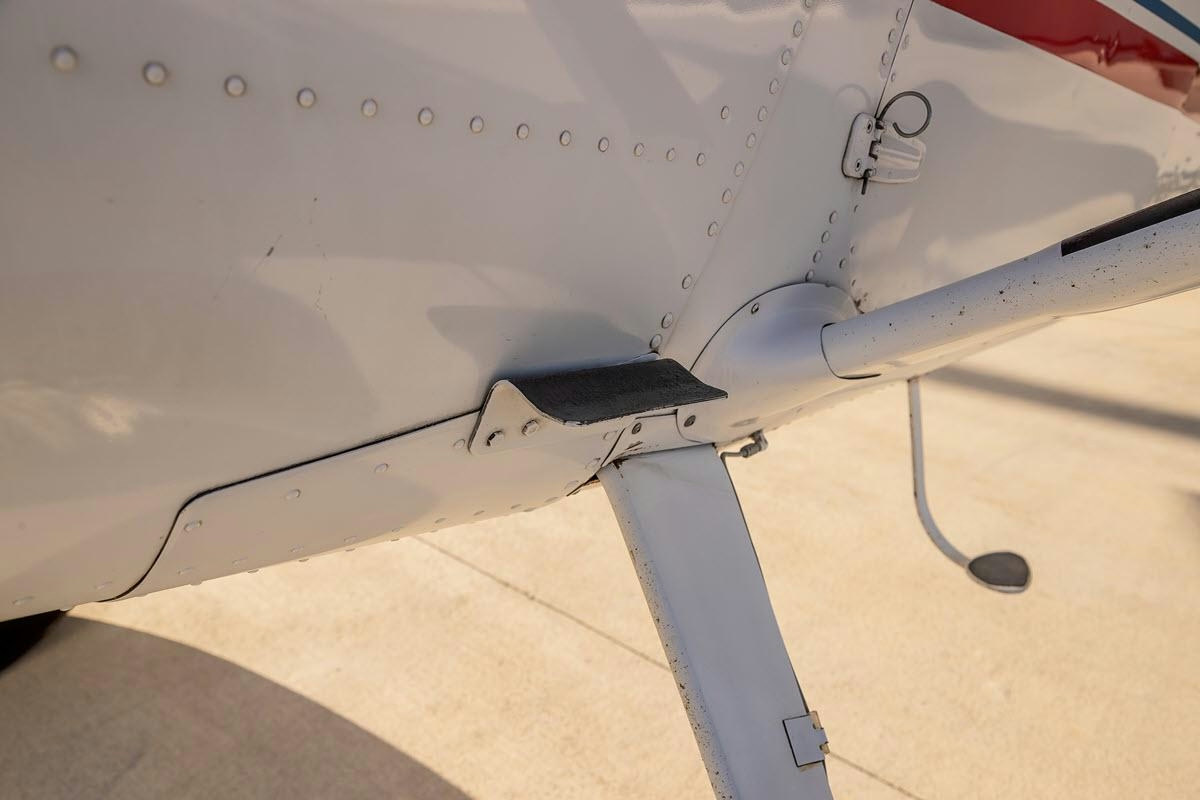
McFarlane Aviation Acquires P. Ponk STCs for Legacy Cessna Aircraft
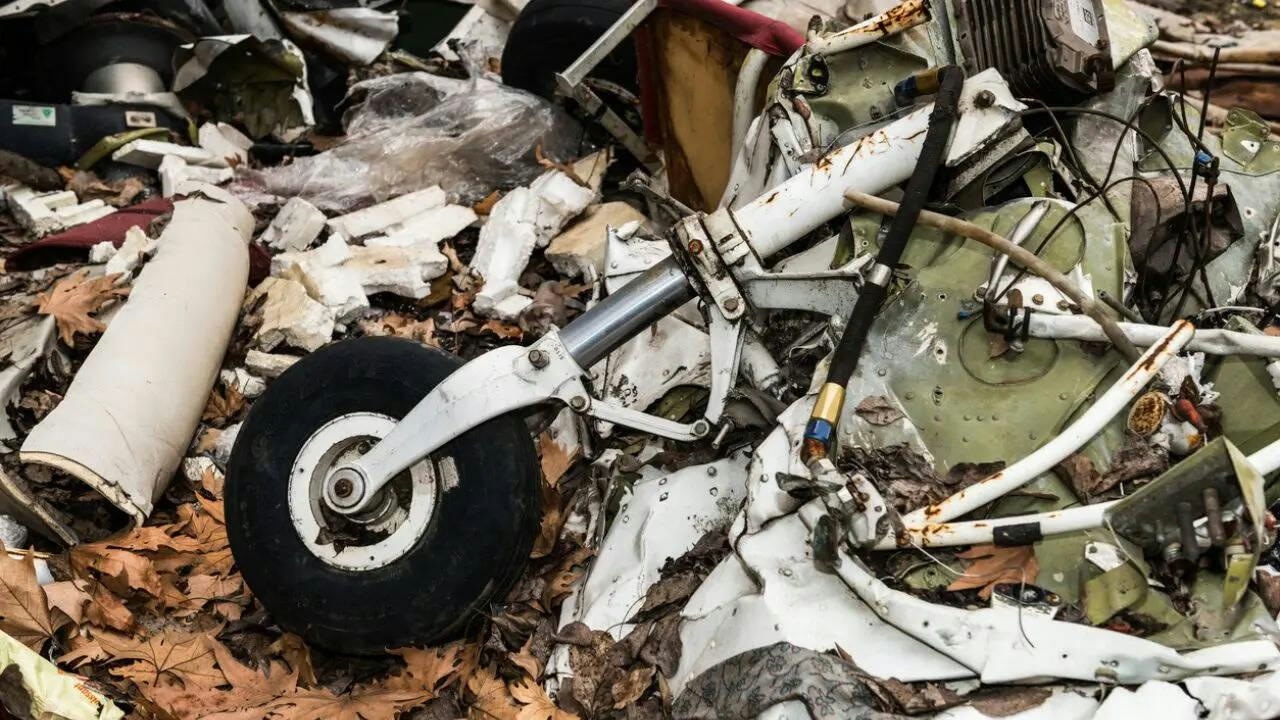
NTSB Releases Preliminary Report on UPS Plane Crash Involving Engine Separation
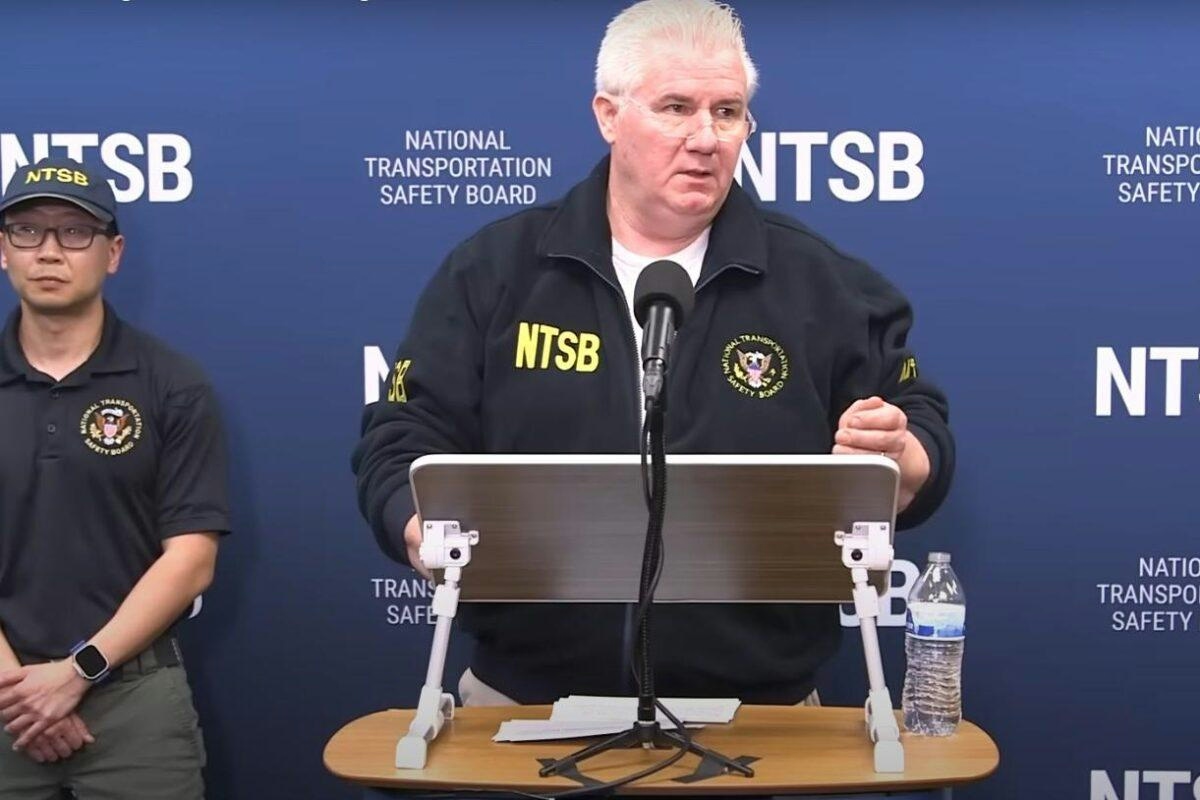
NTSB Investigates Pylon Fatigue Cracks in UPS Flight 2976 Engine Separation
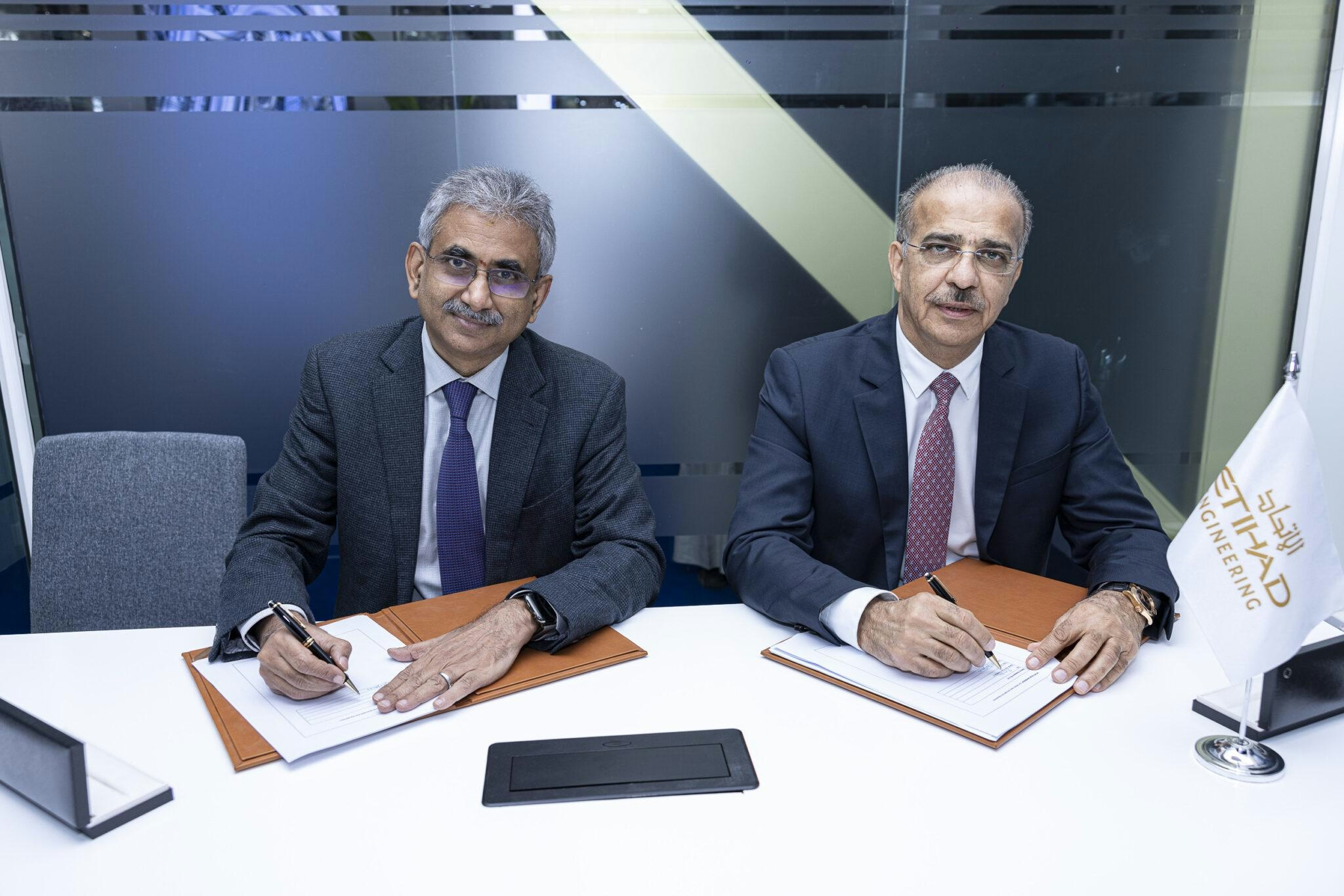
EDGE Strengthens UAE Aerospace Sector Through Partnership with Etihad Engineering

Northern Jet Emphasizes Human Authenticity Amid Industry Shift to Automation

Tyler Kleinsasser Awarded Inaugural JSSI Aviation Innovation Grant
